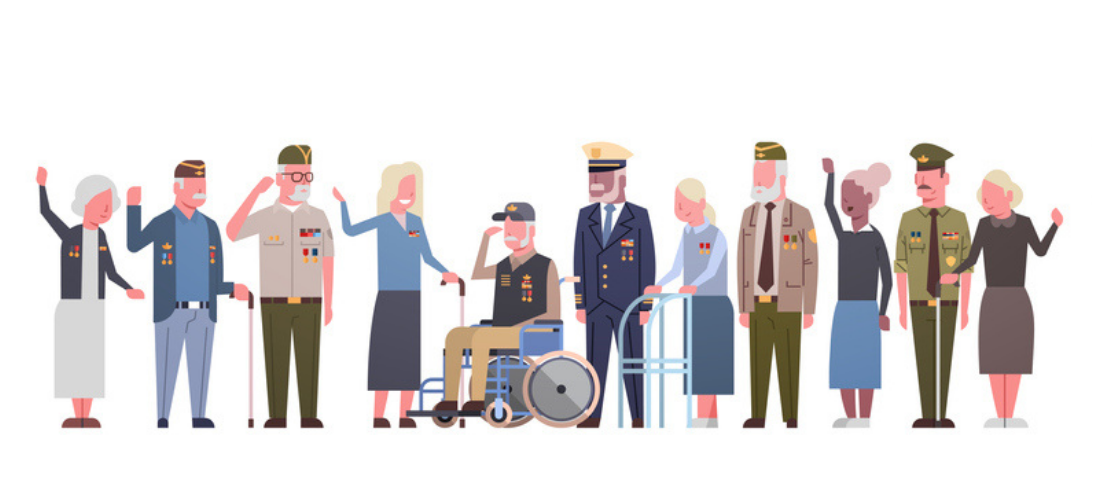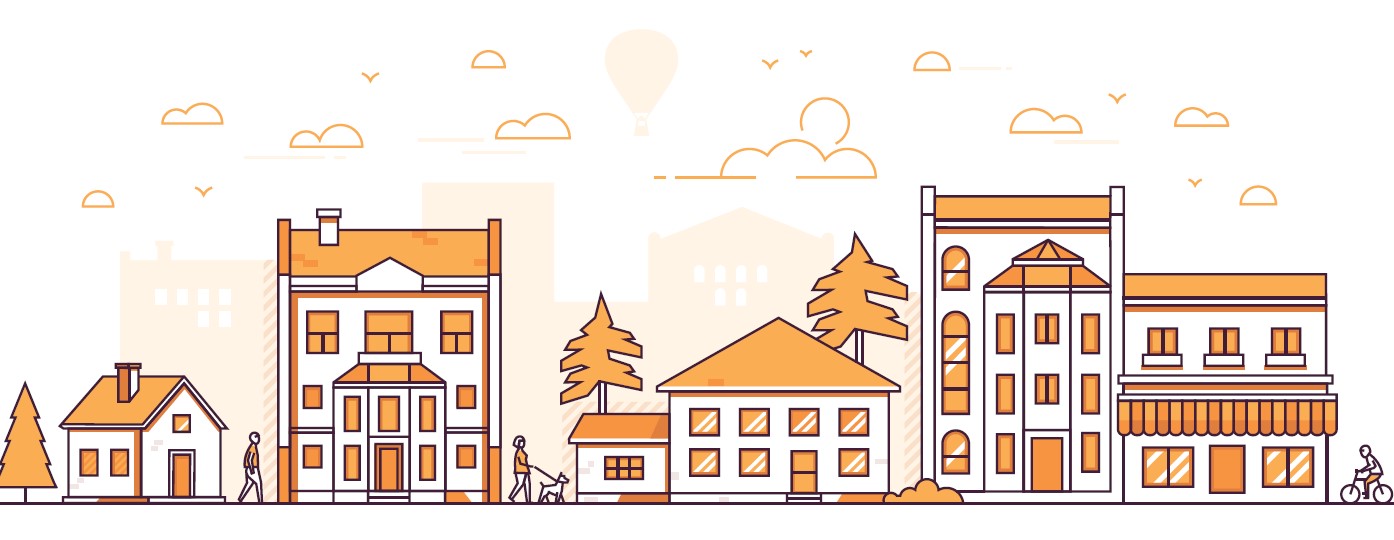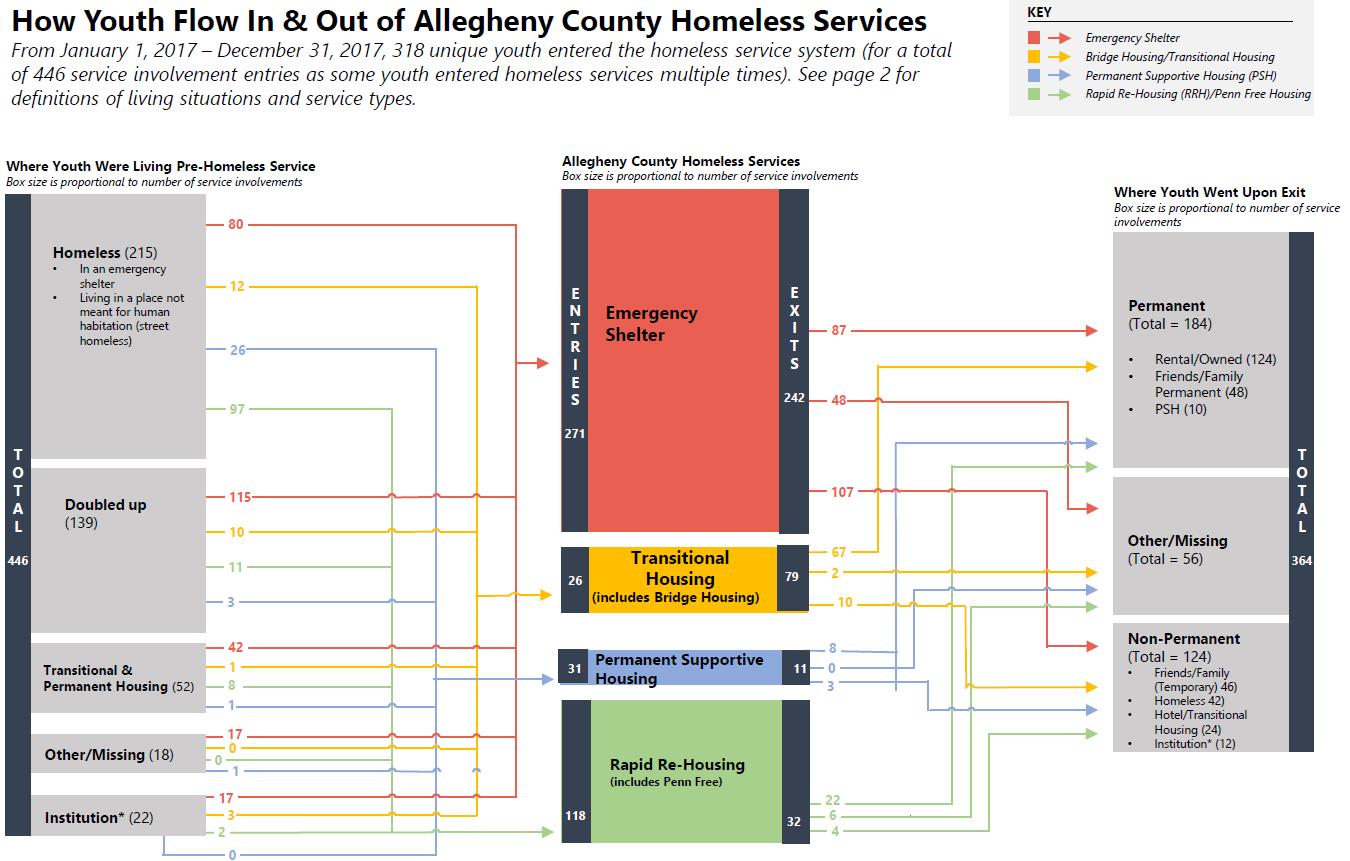What is the Community Need Index?
The Allegheny County Department of Human Services (DHS) conducts a Community Need Index (CNI) to identify specific areas that are in greater need, and face larger socioeconomic barriers, relative to others. The newest version of the CNI index ranks neighborhoods by need level by looking at:
- The percentage of families who live below the poverty line
- The percentage of unemployed males
- The resident education levels
- The percentage of single mothers
- The number of 911 dispatches for gun shots fired
The researchers used a census tract level to break up the region and assess needs. Census tracts are static, relatively small subdivisions of a county.
How can I view the findings?
A storymap presents the findings in an interactive and accessible format. An interactive map allows users to view and extract data from the 2018 CNI. The new report focuses on all of Allegheny County, examines changes in need over time, and places emphasis on the connection between race and community need. Earlier reports are linked below.
What are the takeaways?
- Levels of need among Allegheny County census tracts have stayed mostly consistent with the previous analysis 5 years ago.
- 89% of tracts that were high or extreme need within 2009 to 2013 (5-year estimate) were still high or extreme need in this latest report.
How is this report used?
The geographic dimensions of community need can help inform many aspects of DHS’s strategic planning and resource allocation decisions, such as decisions on where to locate Family Centers or new after-school programs.
Where can I go for more information?
For more information, you can read previous reports below. Or you can reach out to DHS-Research@alleghenycounty.us with any questions.
Previous reports in this series
• 2014 update (suburbs)
• 2012 update (suburbs)
• 2000-2009 (suburbs)
• 2000-2012 (city)
Previous datasets in this series
• 2014 (suburbs)
• 2000-2012 (city)








